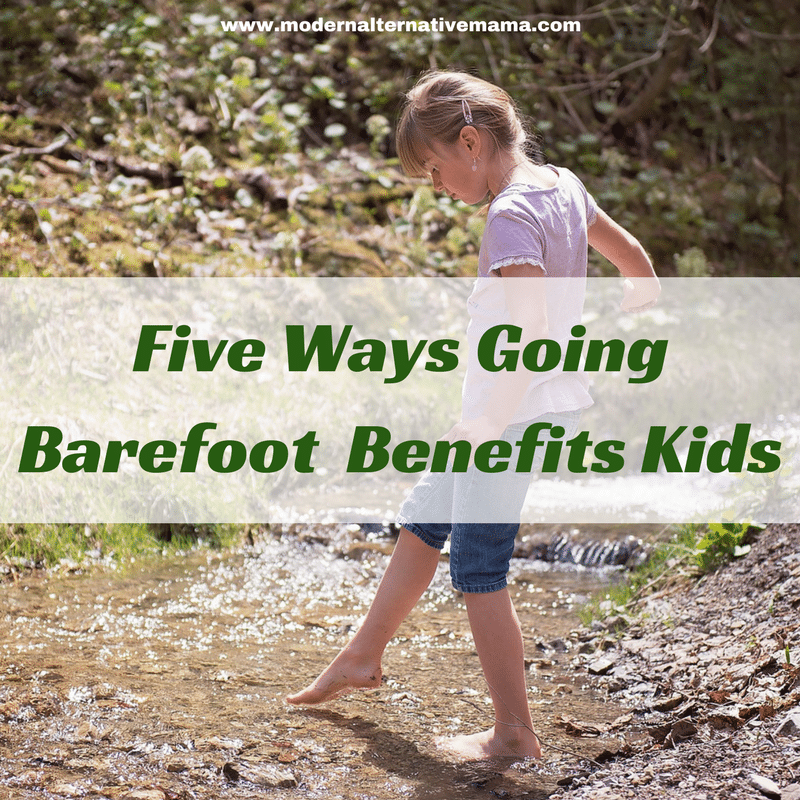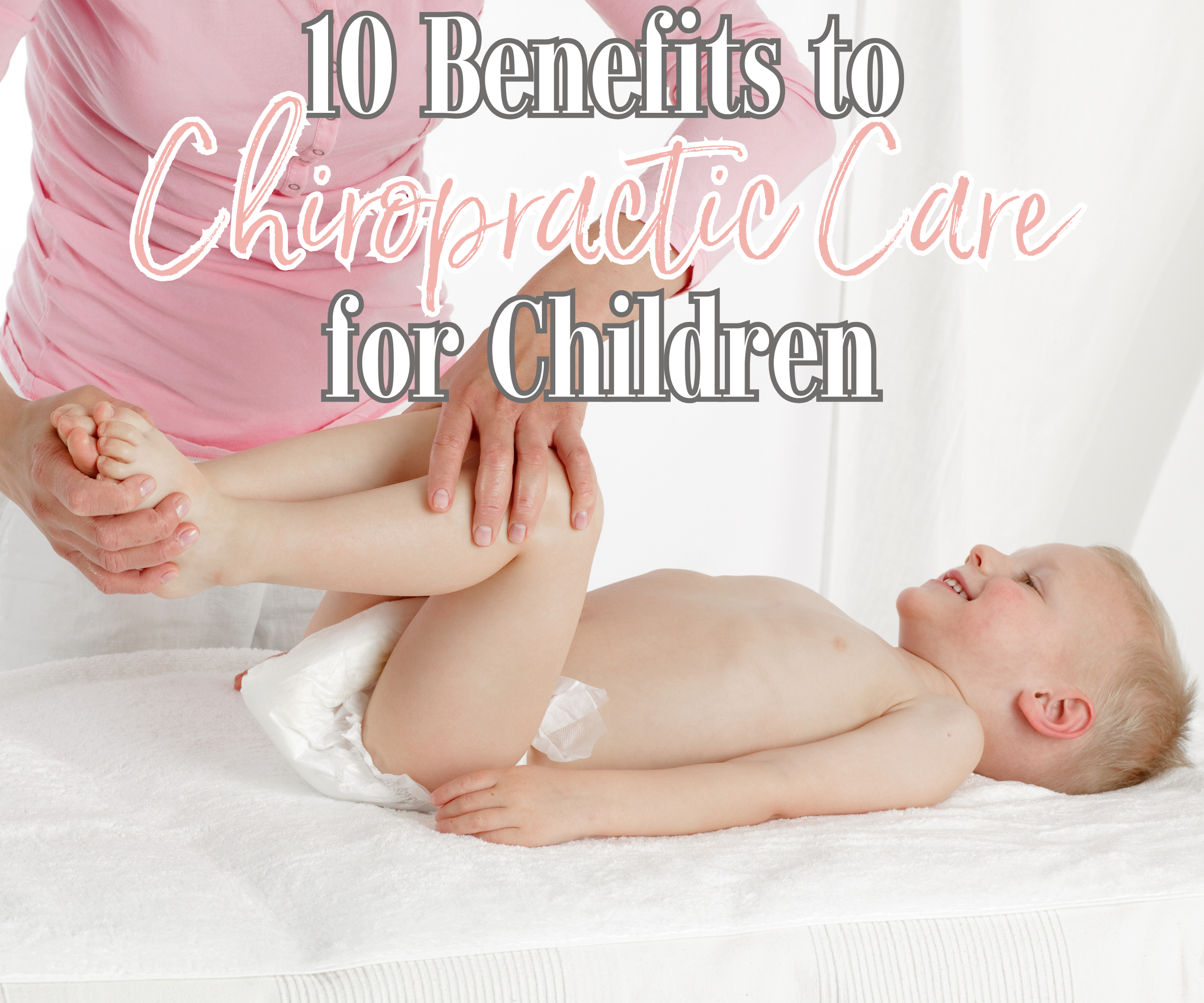Many of us are so used to lacing up our children’s shoes before we head outdoors to play. But did you know that your children will actually be better off if you leave those shoes behind? In this article, contributing writer, Sandi Schwartz, shows us that our children can benefit tremendously in a number of important ways by walking around barefoot outside. Next time you take your children in your backyard, to a local park, or to the beach, try putting their shoes aside and see what a difference it makes in their growth and experience.
Five Ways Going Barefoot Benefits Kids
Prevent Germs
Many parents put shoes on their kids because they are worried that they will come in contact with germs if their feet are left unprotected. However, it turns out that there are plenty of germs inside their shoes. They are actually the ideal place for bacteria and fungus to thrive, given the dark, moist, and warm environment. On the other hand, bare feet are exposed to the fresh open air, which helps minimize germs.
Build Balance
Going barefoot increases children’s balance and helps them develop good posture. Experts have found that toddlers keep their heads up more when they walk barefoot because of the sensory feedback they get from the ground that they do not feel while wearing shoes. By not looking down as much, they have less of a chance of losing their balance and falling.
Walking around barefoot also nourishes, strengthens, and promotes agility in a child’s growing feet, ankles, legs, knees, hips, hamstrings, and gluteal muscles. This happens because bare feet are essentially like a separate sensing organ, allowing children to feel the details of the ground while walking or running around. They are more likely to adjust their movements because they have more direct contact with the ground. These natural adjustments help them develop better balance, movement, and posture.
Develop Body Awareness
Going barefoot also enhance children’s body awareness since they are more directly connected to their environment. Each foot contains about 200,000 nerve endings that make our children safer, act more carefully, and be able to better acclimate to the ground beneath them. When barefoot, they are more easily able to climb, pivot, balance, and adjust quickly when the ground surface changes. This is because they can directly feel the surface they are walking on, helping them to more effectively respond to pressure or imbalances they feel in their feet. This builds neuromuscular strength, spacial orientation, balance, and coordination.
Prevent Injury
Another benefit of going barefoot is that it can prevent chronic injuries from forming. Too much time in shoes can cause problems for our children’s feet because they are unable to develop naturally when they are constrained. The shoes prevent necessary toe spread, which interferes with the foot’s ability to function properly. This ultimately limits movement development, making children more susceptible to injuries in their feet and legs. But when children spend more time barefoot, their feet and lower legs strengthen, they have stronger arches and ankles, and their body is more agile and less prone to injury. Interestingly, studies show that people in cultures who do not typically wear shoes do not suffer from foot ailments such as corns, bunions, or ingrown toe nails—injuries that can affect posture and balance.
Improve Senses
One of the most obvious benefits of kids going barefoot is that it feels good to them and improves their senses. Having their feet touch some cool, soft grass or warm sand can be a special moment for them to connect to their surroundings through the many sensors on their feet. By giving our children more opportunities to experience new sensations, we allow them to enjoy their world in a whole new way. It also gives them a chance to develop a mindful presence and conscious awareness of their surroundings. They ultimately learn how to be more tuned into their surroundings as they move around barefoot.
Ways To Encourage More Barefoot Time
It may be an adjustment for you to have your children play outside without their shoes. Consider trying some of these tricks to encouraging more barefoot time for your kids.
Start inside. Practicing barefoot time in your home is the first step. Get your children in the habit of removing their shoes right away when they enter your home.
Slowly explore outdoors. To get your children—and you—used to more barefoot time outside, add one new activity each week or month where they can go shoeless. Try gardening, walking, skipping, hiking, climbing, and beach play without shoes. Be patient, as it might take some time for them to get used to having direct contact with hard and rough surfaces. With some exposure, the soles of their feet will build up a thicker callous of skin.
Add different sensory experiences. Expose your children to a variety of materials to fully enjoy their senses. Have them soak their feet in warm, bubbling water; bury their feet in the soft sand at the beach; walk through cool, dewy grass; slip through wet, gooey mud; or walk over rough rocks or bricks.
Play barefoot games. An education site recommends playing foot games to get children used to going barefoot. Some of the game and exercise ideas include picking up marbles with toes, folding the laundry with feet instead of hands, playing string games with feet and toes, or scrunching toe races. In addition, yoga, gymnastics, and some forms of dance are done barefoot, helping to strengthen feet and build overall balance.
Practice walking meditation. Mindful walking is a wonderful way for children to learn how to stay focused on the present by tuning into their body’s sensations, which can help them relax and reduce stress. There are a number resources to help you get started, such as Omega’s Walking Meditation For Kids and this walking meditation booklet.








Great article; kids should be encouraged to go barefoot as often as possible! And yes, we play with those tootsies after bathtime whenever they made it through a whole day barefooted, though I’ve never heard of the games listed here. Most kids are perfectly happy with “this little piggy” or better yet, “este cerdito fue al mercado”. The Spanish version is virtually identical except for the end 🙂